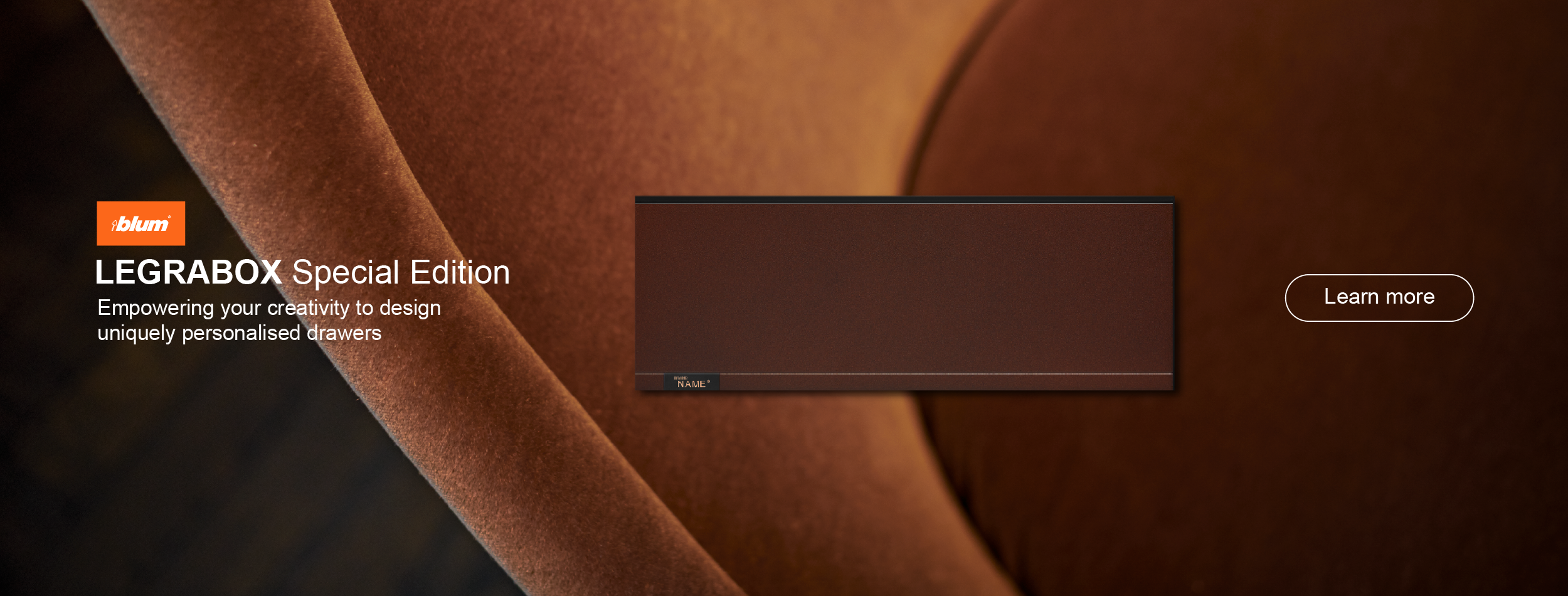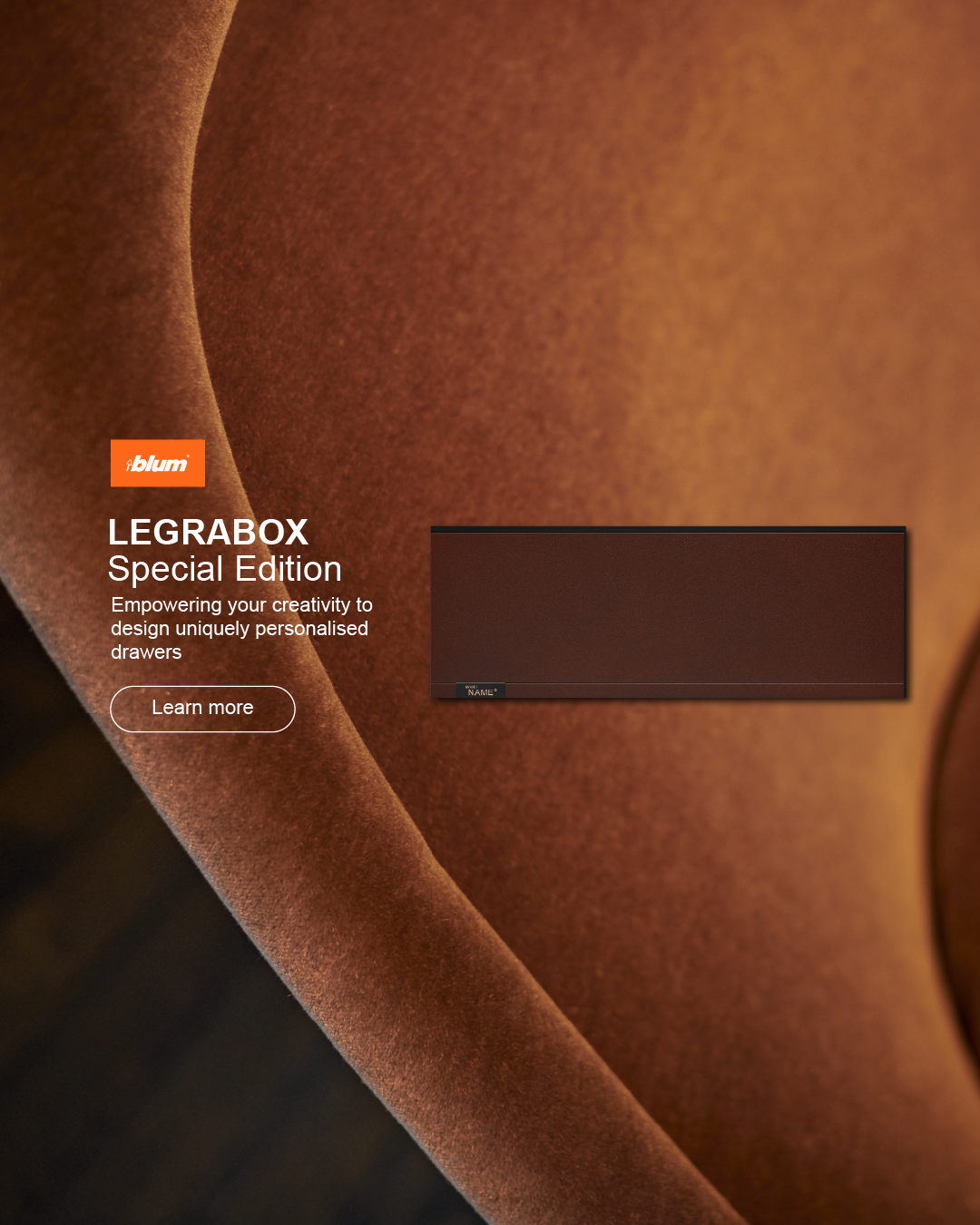
From The Architect
Autilitarian building: workshop or barn of simple geometry. Archetypal primary forms enable the architects to relate on a subconscious level putting them at ease instantly.
Whiting Architects aimed to infuse the relaxed comfort of a ‘weekender’ atmosphere, into an urban family home. The project’s features are ‘complimentary-opposite’, relating through height, scale and proportion. They avoided clichéd, typical flat-roof response at odds with site and in contrast to the surrounding built-environment, allowing home-dwellers to ‘belong without replicating’.
The ‘interior’ is as profound as the ‘exterior’. External and internal ‘box-forms’ act as ordering-devices; clad, screen, define specific-areas and usage and breakdown the facade. They support kitchen appliances, house clothing, conceal walls, services and provide a unified theme binding interior to exterior, blurring the boundaries between, adding spatial multipurpose. Internal joinery ‘elements’ and walls are presented as ‘objects’.
Elements appear possible to slide out, alluding to the impermanence of this urban environment and the transient nature of modern living. Doors and corridors are eliminated, creating a compact plan allowing for maximum amenity from minimal space. Views from unexpected areas allow light and connectivity without inhibiting privacy.
Kitchen/dining are merged through a step down at the table edge -an example of ‘multi-purposing’ of space: doubling as workspace; encouraging interaction. Unexpected private seating nooks intersperse allowing seclusion when required. Throughout, lamps and spotlighting takes preference and is used to direct attention to specific design aspects.
The interior takes its cues from ‘craft’ and informality. Oversized knit pads and a rug reminiscent of a comfortable sock feature along with unfussy furnishings that recede into the atmosphere. A pot belly stove features proudly invoking warmth and nurturing. Simple materials and finishes sit within the environment quietly. Hardware is minimal and recycled steel doors frame the living area as if they were always part of the home.
Sustainability concerns were addressed through the use of sustainable and recovered materials, as well as incorporating passive design ideas. The use of recycled plastic joinery kitchen doors makes for no painting and little maintenance. Salvaged bricks from the demolition of the existing dwelling are reused in the new extension.
The vintage 1930’s steel doors were sourced from the demolition of a commercial building. Similarly, the stainless steel bench top featured in the kitchen was sourced from a commercial kitchen remodel. Large box windows are inserted into the top floor of the house to make use of the northern sunlight, providing natural light, passive heat during cooler months and appropriate shading during warmer months through design.









































